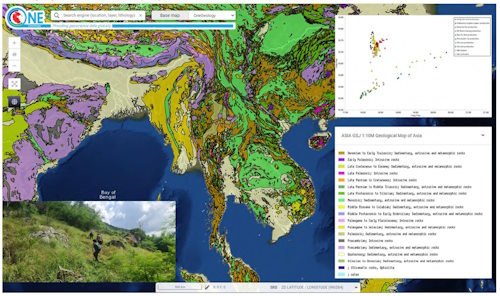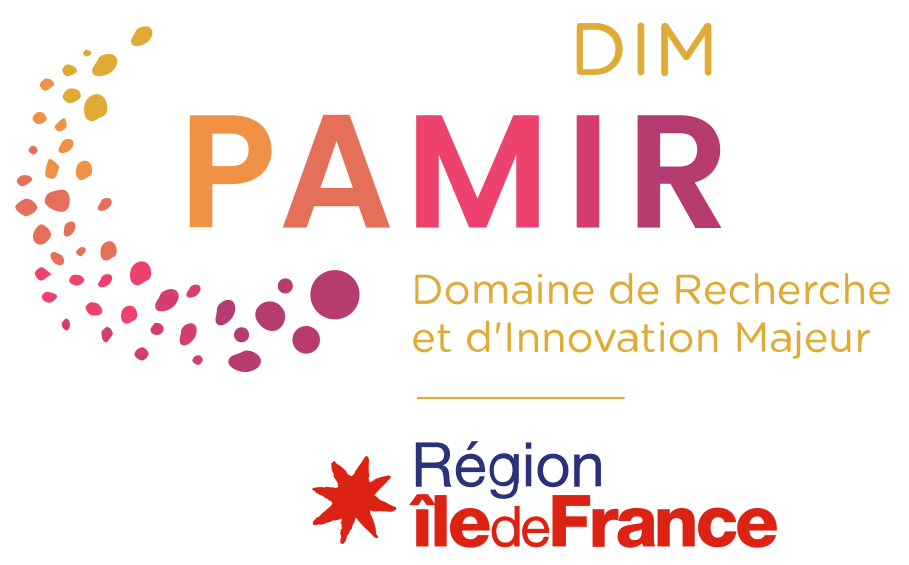
LIAGIT
Lead Isotopes for Archaeology, Geology and Industry in Thailand
Scientific responsibility :
- Thomas Pryce
- Cécile Quantin
- Arnaud Dapoigny
- Alongkot Fanka
- Pi Venunan
Methodological axes :
Thematic fields :
Disciplinary sectors :
Partnership :
- Département de géologie, Chulalongkorn Université
- Département d’archéologie, Silpakorn Université
Funding :
- DIM PAMIR
Project ID : IDF-DIM-PAMIR-2024-4-008
Summary :
After 150 years of elemental compositional approaches, in the 1960s archaeological scientists turned to geologically-derived isotopic analyses for the reconstruction of ancient metal exchange networks, which serve as material culture proxies for past human socio-economic interactions. The characterisation of lead isotope ratios in a copper-base artefact can, subject to well-known methodological caveats, be linked to the lead isotope ratios of the copper minerals smelted to produce the constituent metal, which also contain traces of lead. The lead isotope methodology was trialled in Southeast Asia exactly forty years ago, by the Thailand Archaeometallurgy Project, but the approach was not pursued in earnest regionally until the late 2000s. Since then, well over 1000 archaeological samples have been analysed, and vast copper/bronze exchange networks spanning India to China and the Pacific from the late 2nd millennium BC to the late 2nd millennium AD have been exposed. In many instances this archaeometric evidence was the first to link the past populations of these countries, typically due to underdeveloped pottery typologies, which are the archaeologists’ primary tool for these periods. However, since 1984, Southeast Asian lead isotope-based metal provenance research has been undermined by a near total lack of reliable geological and geochemical data for regional metal deposits. At the core of a team composed of Francilien and Thai archaeological scientists, geologists and their doctoral students, the LIAGIT postdoctoral researcher will begin the important task of remedying this methodological flaw by minerologically and geochemically characterising the three main historical metal producing areas in Thailand, in the provinces of Kanchanaburi, Loei and Lopburi. Not only will this project provide a solid archaeometric basis for linking past metal producing and consuming populations through space and time, it can also help present day geologists to better characterise and quantify their national mineral resources, a critical matter for long-term economic independence.
Legend and credit
Geological map of Asia at 1:10M scale; top right, an example of SEALIP’s lead isotope data for the copper/bronze production and consumption assemblages of Thailand and Laos; and bottom left, Dr Alongkot. the copper/bronze production and consumption assemblages of Thailand and Laos; and, bottom left, Dr Alongkot Fanka and Ms Céline Tomczyk prospecting for copper mineralisation in central Thailand, October 2023. Credit Dr Pi Venunan (Silpakorn University, Thailand)
Geological map of Asia at 1:10M scale; top right, an example of SEALIP’s lead isotope data for the copper/bronze production and consumption assemblages of Thailand and Laos; and bottom left, Dr Alongkot. the copper/bronze production and consumption assemblages of Thailand and Laos; and, bottom left, Dr Alongkot Fanka and Ms Céline Tomczyk prospecting for copper mineralisation in central Thailand, October 2023. Credit Dr Pi Venunan (Silpakorn University, Thailand)
Post-doctoral student: Céline Tomczyk

